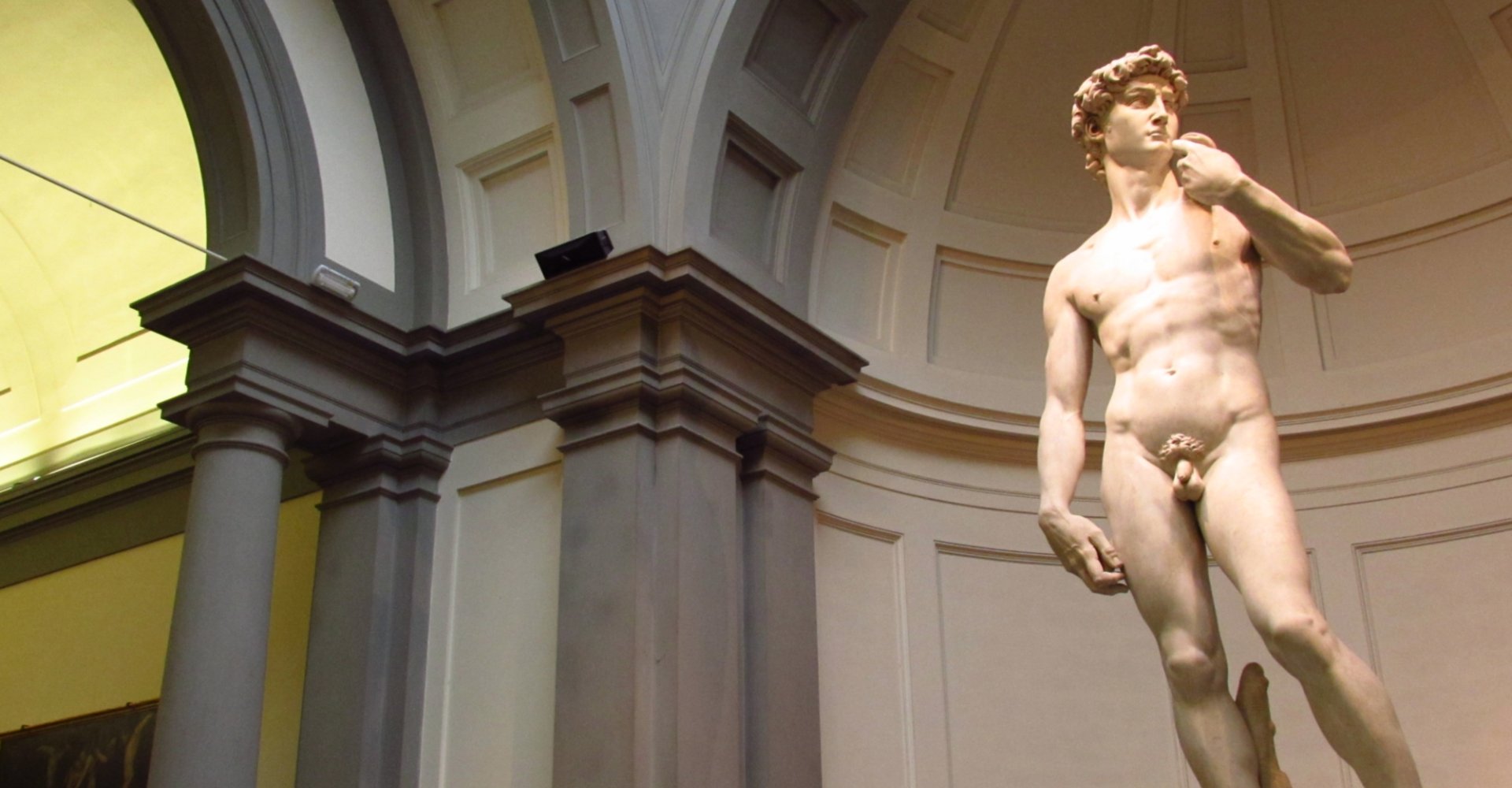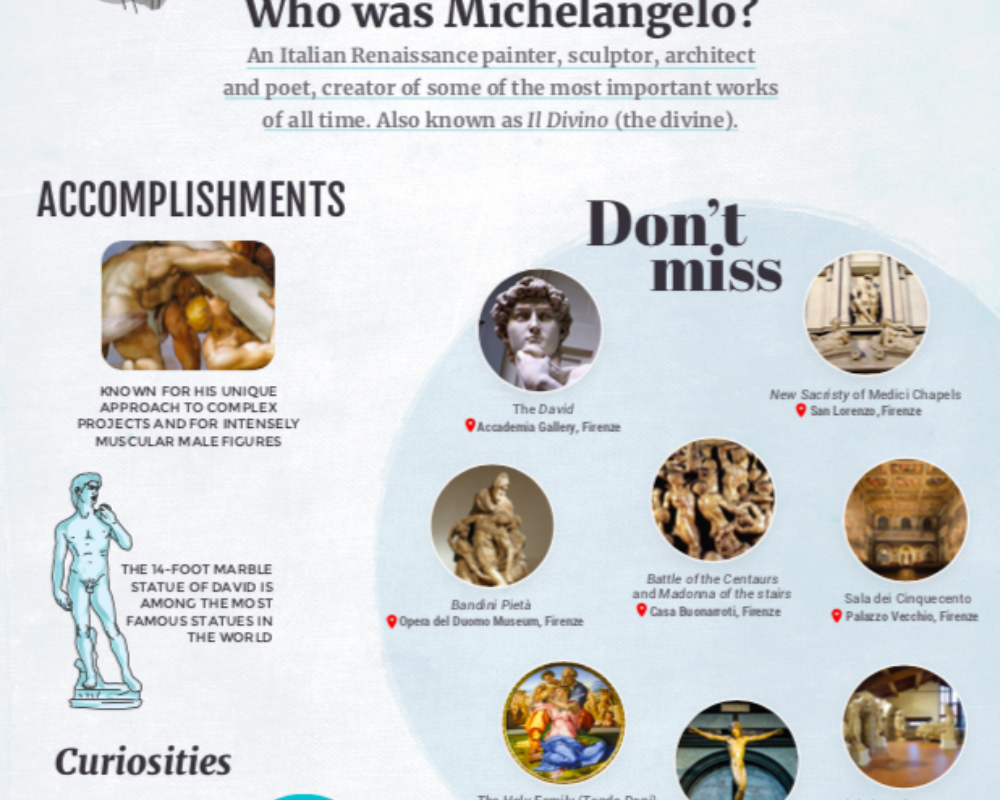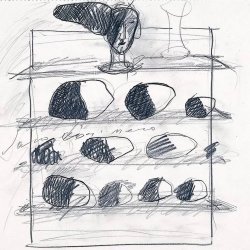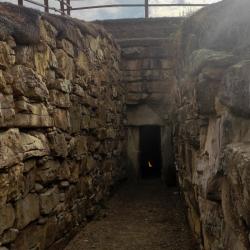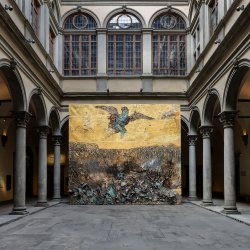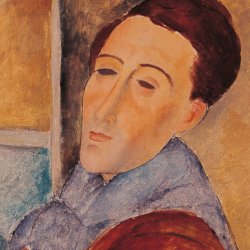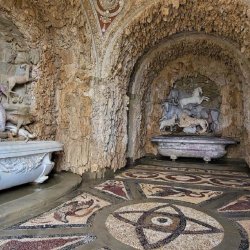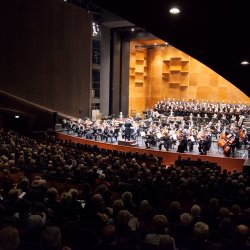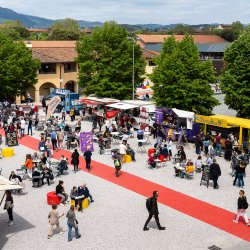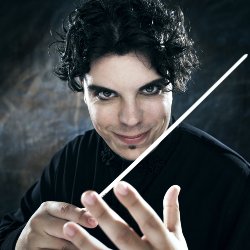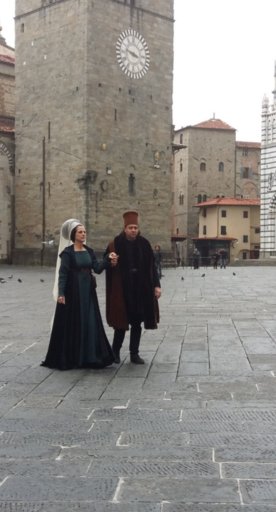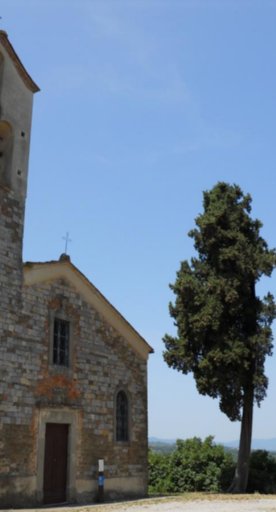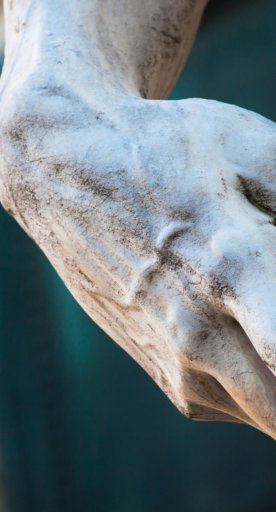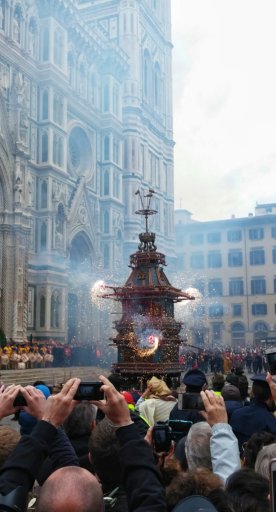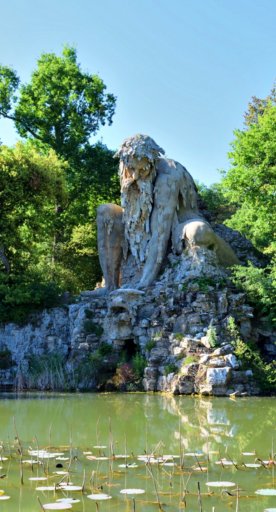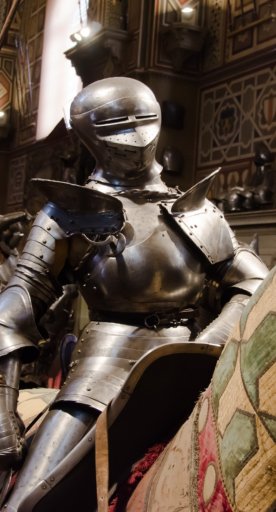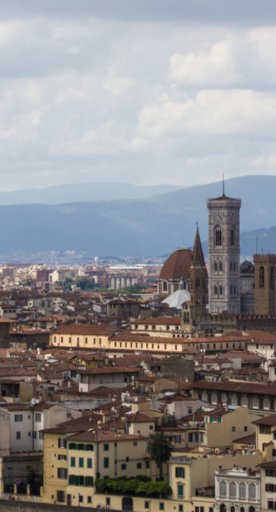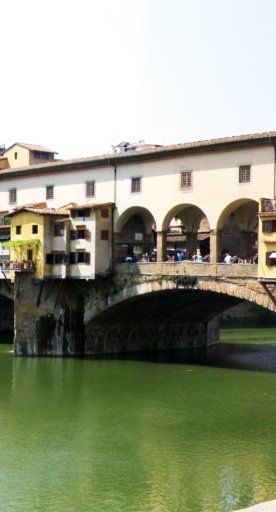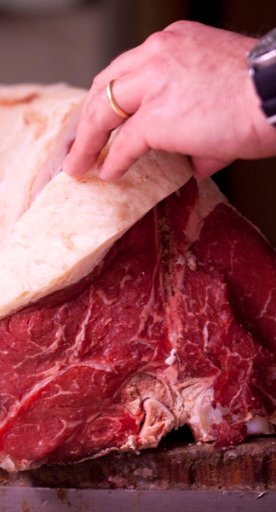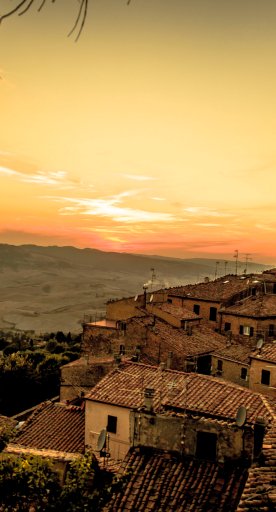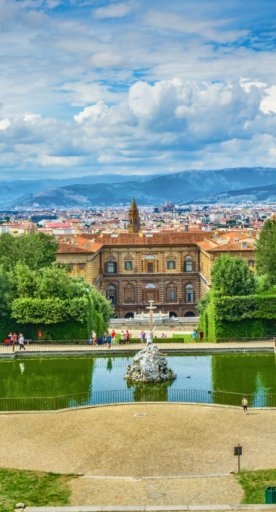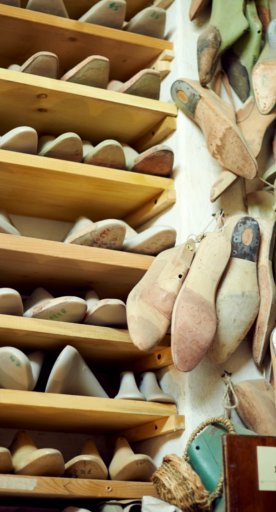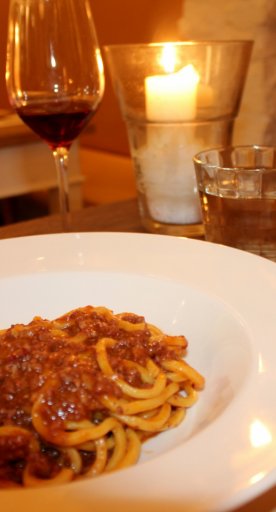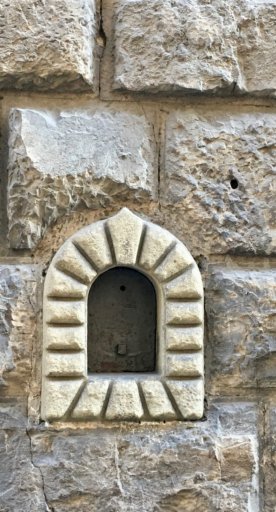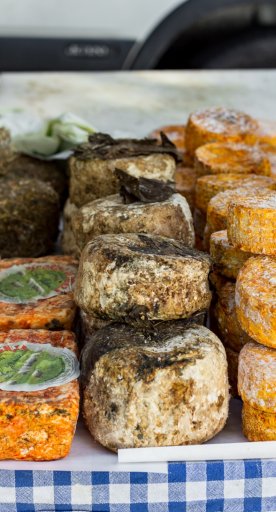Michelangelo Buonarroti: life, facts, curiosities and art
The “Divine” artist was born in Tuscany
Michelangelo is a household name, appreciated worldwide for the almost divine beauty of his paintings and sculpture. The High Renaissance artist was born in Caprese, a small town near Arezzo, in Tuscany, on March 6, 1475. He trained in Florence and worked for the Medici Family, under multiple popes and rulers, in Florence and Rome, dying at the advanced age of 88 years, in February 1564. Most famous for his youthful sculpture of the David and for his paintings in the Sistine Chapel in the Vatican, he is one of the most important artists in history.
-
1.Michelangelo: life and art
-
2.Where to see works by Michelangelo in Tuscany
-
3.Casa Buonarroti
-
4.Bargello National Museum
-
5.Galleria dell'Accademia
-
6.San Lorenzo: Laurentian Library and New Sacristy
-
7.Uffizi Gallery
-
8.Museo dell'Opera del Duomo
-
9.Places in Tuscany associated with Michelangelo
Michelangelo: life and art
The artist showed promise at a young age. When he was just fourteen, Michelangelo entered the court of Lorenzo de’ Medici, aka the Magnificent, where he lived for a few years sculpting in the garden surrounded by scholars, artists, poets until Lorenzo’s untimely death (April 8, 1492) put an end to this florid moment in Florentine cultural production. From this period, there are youthful sculptures at the Casa Buonarroti.
In the years that followed, Michelangelo was forced to leave Florence and return several times due to political events in the city, as well as to artistic commissions; being favoured by the Medici meant that his fortune was tied to theirs, and when they were in power in Rome, his presence was essentially obligatory. In Rome, he struggled with a commission from Pope Julius II for his tomb, which was to be truly spectacular, but the project was destined for failure – he complains that this is due to being pulled away to work on the Sistine Chapel, and then, by that pope’s successor Leo X, to create the Medici Chapels in Florence. He left Florence permanently in 1534 after a falling out with the Medici ruler at that time, Alessandro de’ Medici, and lived to old age in Rome. The Pope would have had him buried in St. Peter’s but Michelangelo’s nephew and heir, Leonardo, secretly removed the body, which is buried in Florence in the Church of Santa Croce.
Where to see works by Michelangelo in Tuscany
Casa Buonarroti
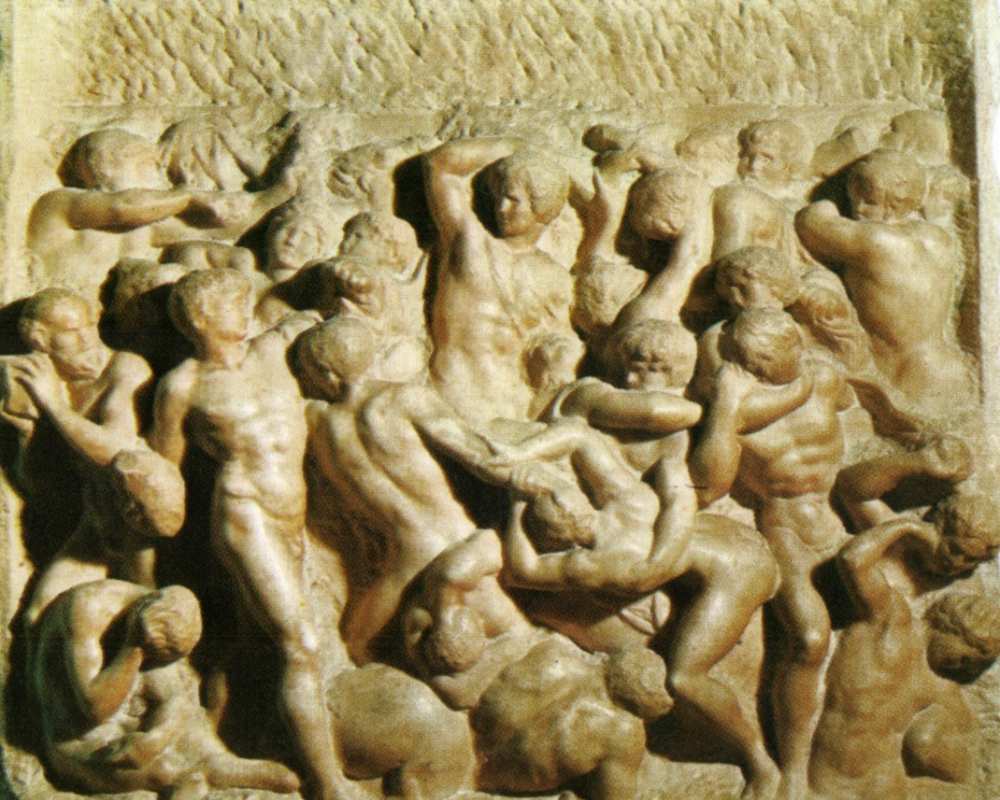
The house-museum of Casa Buonaroti displays two of the earliest known works by Michelangelo: the high relief panel showing the Battle of the Centaurs and a low-relief called the Madonna of the Stairs.
Bargello National Museum
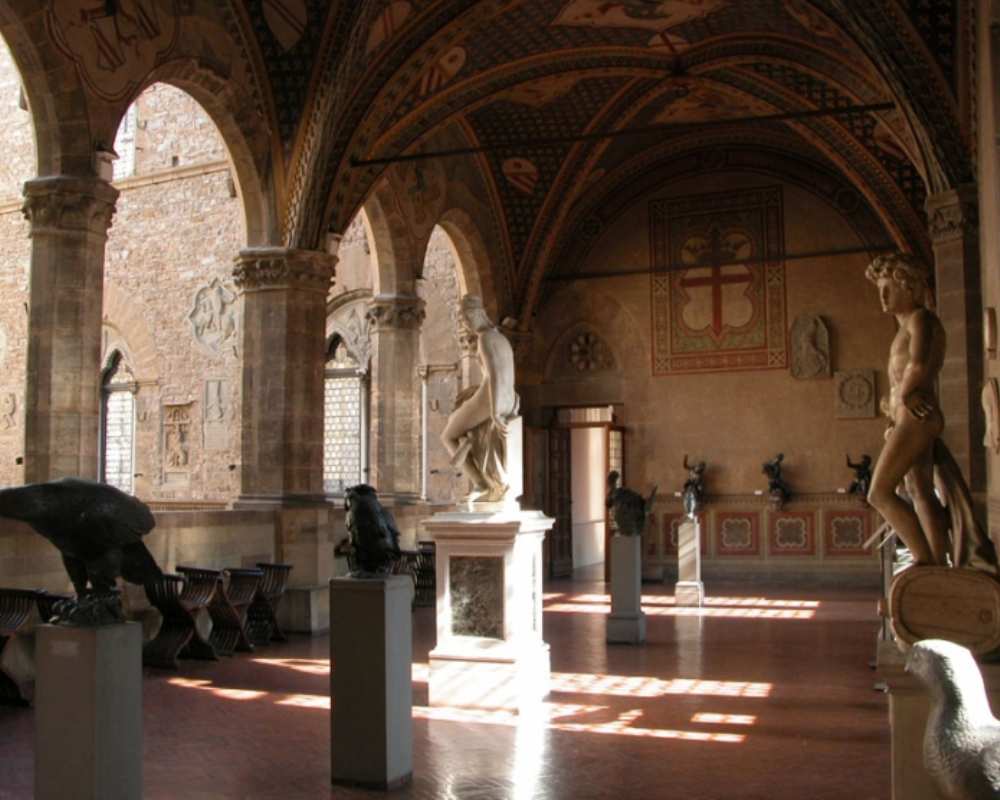
The Bargello museum is a must on your stop to find works by Michelangelo as it is home to the Bacchus, another early work by the artist in a style that so mimicked the Ancient that it fooled some contemporaries. Also at this museum, see the Tondo Pitti, another charming image of the Virgin Mary with the Christ Child.
Galleria dell'Accademia
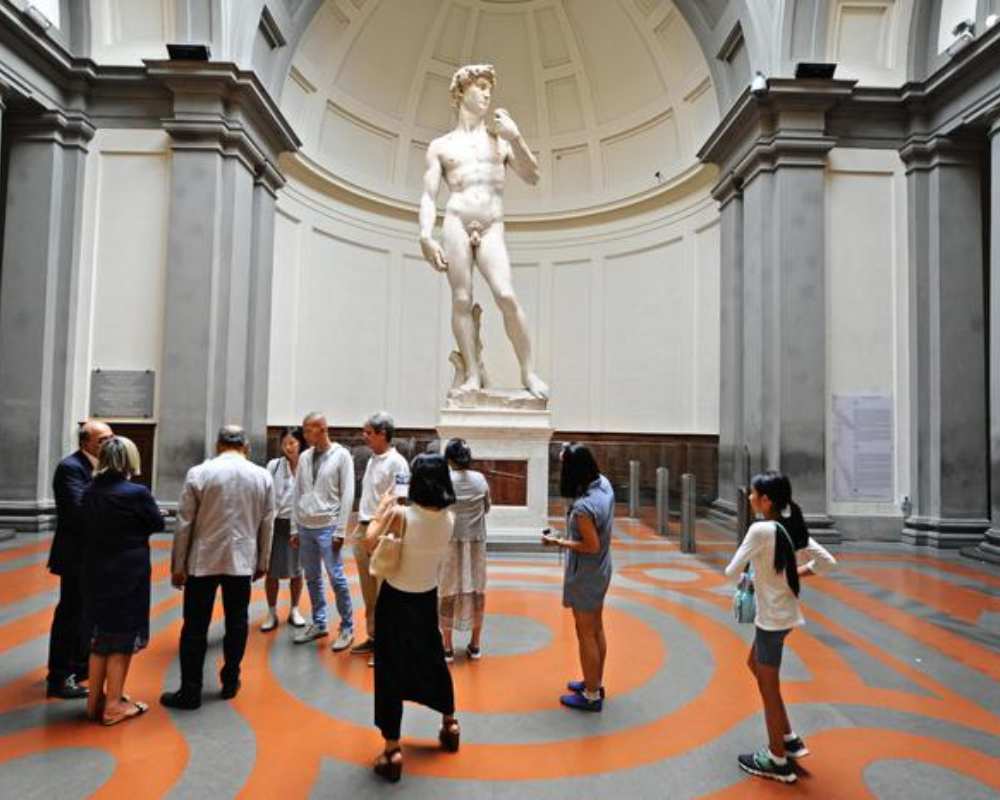
The top destination for Michelangelo fans in Florence is, of course, the Accademia Gallery, in order to see the original statue of the David (rather than the replica placed outside of Palazzo Vecchio). In the gallery leading up to the David are four Prisoners, unfinished works intended for the Julius Tomb.
San Lorenzo: Laurentian Library and New Sacristy
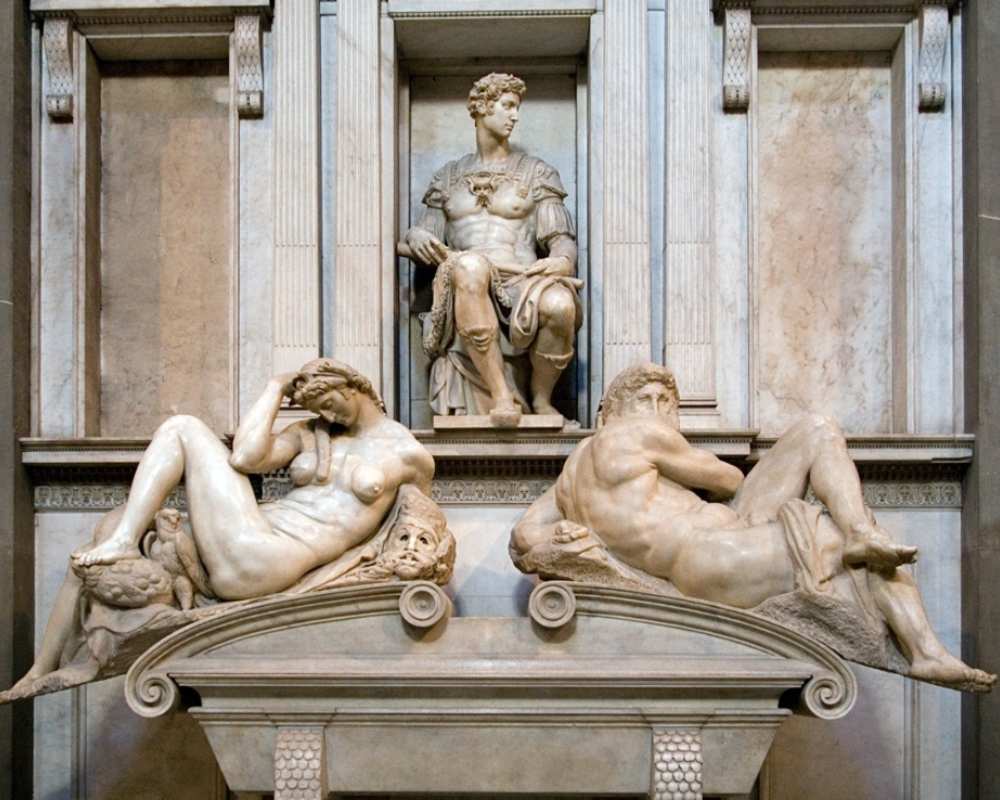
At the church of San Lorenzo, originally constructed by Brunelleschi, Michelangelo intervened almost a century later with two additional Medici commissions – the Laurentian Library and the New Sacristy. The latter is a funeral chapel that mirrors the Old Sacristy by Brunelleschi at the other side of the church (but is accessed externally). It houses the large tombs of two of the younger members of the Medici family, Giuliano, Duke of Nemours, and Lorenzo, his nephew: the tombs feature their seated portraits, mourned by the figures of Night and Day, Dusk and Dawn.
Uffizi Gallery
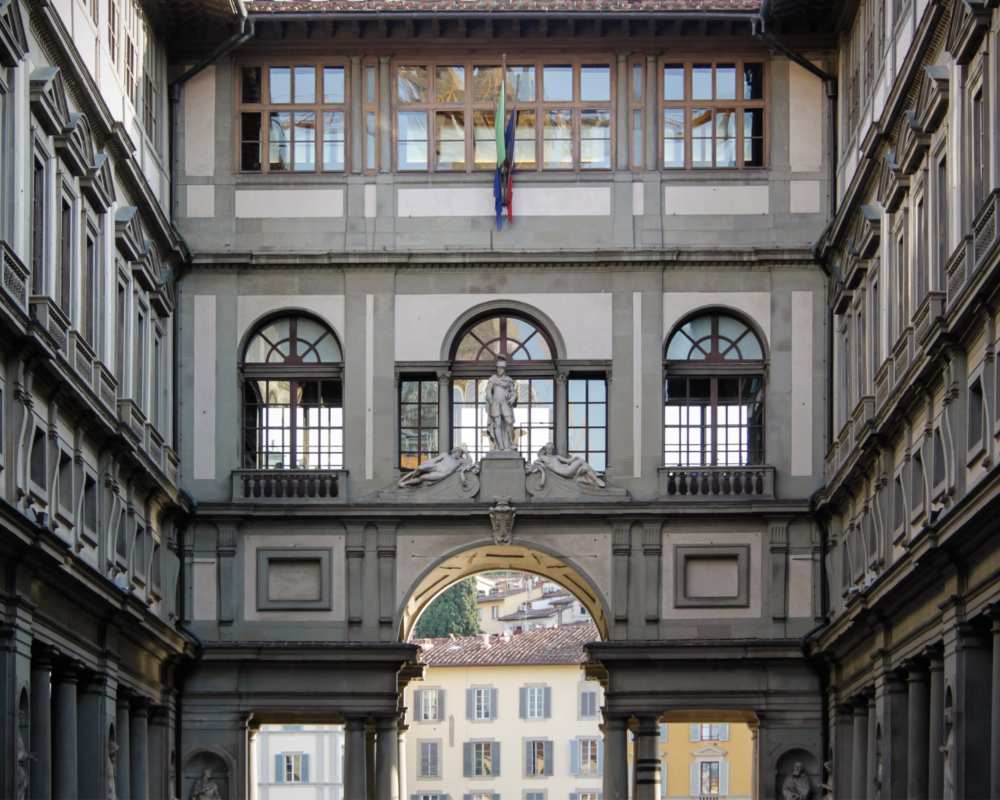
The Uffizi houses the only painting by Michelangelo in Florence, and indeed the only finished panel painting by the mature artist. Michelangelo’s “Holy Family and St John” is more commonly known as the Doni Tondo since it was commissioned for the marriage of Angelo Doni and Maddalena Strozzi. Stylistically, the work has much in common with the Sistine Chapel, with similar twisting, muscular figures at the center who manage to look gracious while holding an extremely awkward pose.
Museo dell'Opera del Duomo
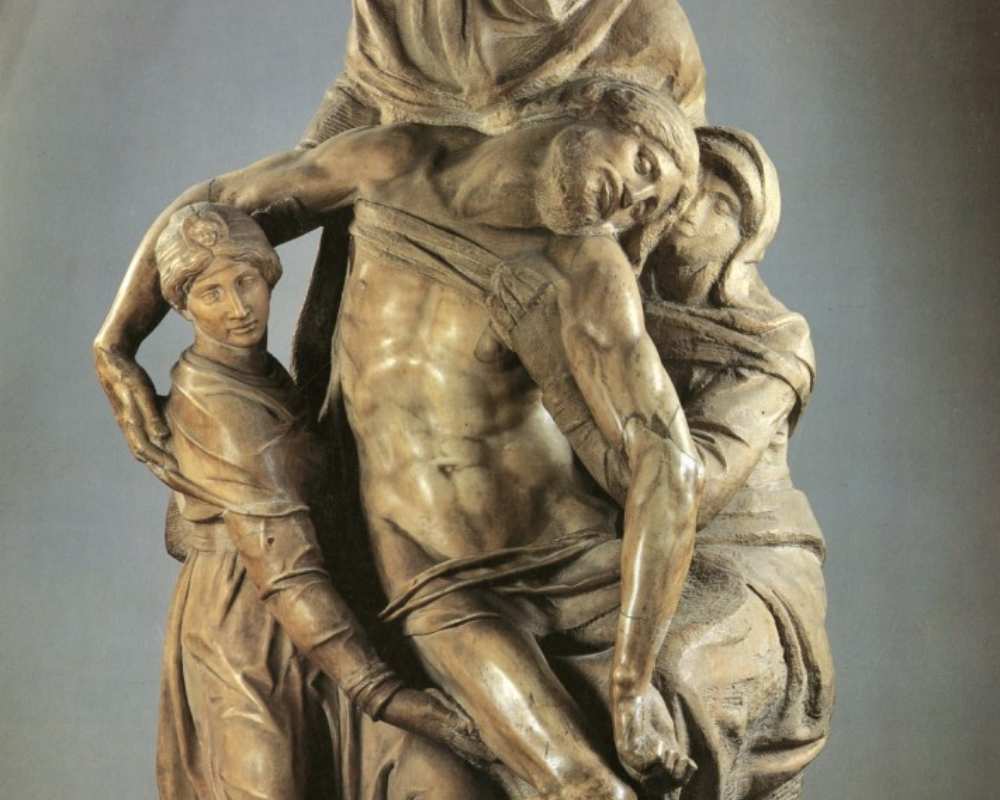
In the museum of works made for the Cathedral, visit Michelangelo’s unfinished sculpture known as the Florentine Pietà. Set in a dedicated room, this emotional work that the artist worked on in old age has a strong triangular composition, with the dead Christ being “deposed” (for this work is more a Deposition than a Pietà) on to the lap of the Virgin Mary, with the help of Mary Magdalene and Nicodemus. Legend says that he tried to destroy the statue with the help of a hammer.
Places in Tuscany associated with Michelangelo
Although the great artist’s major works are found in Florence, die-hard fans could go on an artistic pilgrimage to follow in Michelangelo’s footsteps. We might start with his birthplace, Caprese Michelangelo (the town added the artist’s name in his honour in 1913). His birth home is now the Michelangelo Museum.
One could go for a hike around Settignano, the Florentine hills between the city and that of Fiesole, where Michelangelo lived during the illness of his mother and after her death (1481) in the house of a stonecutter and his family – the farmhouse is now named "Villa Michelangelo". The most important stop on this tour, though, would be Carrara, ideally to visit the Fantiscritti marble quarries, where the great artist personally selected marbles for his important sculptures. There is also a Civic Marble Museum in town where you can learn about the history and culture of marble in the area.
